#french holidays
Explore tagged Tumblr posts
Text
Autumn feasts of France: La Saint-Martin
From "L'inventaire des fêtes de France d'hier et aujourd'hui"
La Saint-Martin (in English Martinmas), celebrated on the 11th of November, used to mark the end of the agricultural work and the beginning of winter in Europe. On this day, there were autumn fairs in the countryside. A thanksgiving mass was organized, followed by a heavy meal centered around a goose dish. It was during this meal that the new wine was tasted (in France there was a verb based on Martin's name, meaning "to drink the new wine": "martiner"). Just like Halloween, another celebration of this time period, Saint-Martin was, in northern France and in Germany, a day during which groups of children with lanterns walked around the town, to conjure away the dangers of the days shortening. Nowadays, the 11th of November is the day of the 1918 Armistice.
Saint Martin (the person) was famous all across Europe, and gave his name to numerous villages. More than three thousand churches and chapels in France are dedicated to him. Born in 316 in Pannonia (current Hungary), saint Martin was part of the Roman army. A famous episode of his life is how he split his coat in two, to share it with a poor man who was cold, near Amiens (in the Somme region). The following night, he dreamed that the man was actually the Christ in disguise. Converted to Christianity, he was baptized in 356 and became priest under the bishop of Poitiers, saint Hilaire. Martin founded the Ligugé abbey (in Vienna) and was elected bishop of Tours in 372. He died at Candes (Indres-et-Loire region) in 397 - his grave is still a very popular place of pilgrimage.
Martinmas was a celebration surrounded by numerous autumn traditions, and evoking the fact that the granaries and cellars were full. For example, a thanksgiving meal was organized to thank God for the harvest (or, in more pagan ways, to celebrate the harvest god). This tradition was maintained in America with the Thanksgiving celebration - when American families gather on the last Thursday of November to eat a turkey. In Dunkerque, the evening of Martinmas, children organized a procession, holding lanterns while walking behind saint Martin riding his donkey. According to the legend, children were rewarded for finding back the lost donkey of the saint - said reward took the form of pastries placed during the night on the doorway of houses, and known as "donkey poop".
#autumn celebrations#autumn feasts#saint martin#martinmas#french folklore#european folklore#french holidays#french celebrations#france
9 notes
·
View notes
Text

French Dip Sliders
#French Dip Sliders#french dip sandwich#sliders#sandwich#roast beef#hawaiian rolls#game day#game night#monday night football#super bowl#october#fall recipes#fall#beef recipes#brunch#lunch#toya's tales#style#toyastales#munchies#toyas tales#dinner#party food#holiday party#foodporn#food porn#food photography#foodpics#food pics#foodie
1K notes
·
View notes
Text


''The world is cold and lonely...'' Part 4/4 Part 1 Part 2 Part 3 Follow-up bonus
#disco elysium#harry du bois#jean vicquemare#disco elysium fanart#jeanharry#ptolemy pryce#de skills#jeangst#my art#my comics#pre martinaise#thanks for following me through it ! ;)#now i feel i wanted to do that little series just to draw jean snorting harry#i have others ideas about more lenghty jean harry post martinaise comics#but i feel i have to do more research on elysium#i wish there was a french translation of sacred and terrible air#happy holidays by the way#tw drugs#tw alcohol
432 notes
·
View notes
Text
#Crustmas :

Jean Lurçat (French, 1892-1966)
Crayfish from Guam, 1947
Gouache on print background on paper, 25.2 x 21.2 cm
#animals in art#animal holiday#20th century art#european art#painting#Jean Lurçat#French art#crayfish#crustacean#Crustmas#modern art#1940s
186 notes
·
View notes
Text
Merry Christmas Frevblr!!!


+bonus

#Rlly tho happy holidays yall <333#frev#french revolution#frevblr#frev shitposting#maximilien robespierre#danton#augustin robespierre#napoleon bonaparte#jean paul marat
135 notes
·
View notes
Text

Belated new year art from sylvix 🎆
※ please do not repost my art ※ ➜ commission and ko-fi links in bio
#fire emblem#fire emblem three houses#sylvix#sylvain jose gautier#felix hugo fraldarius#priintaniere#drew this on january 7th which is now a national french holiday :D
134 notes
·
View notes
Text

'In all skies'
Air France travel poster (1935). Artwork by Roger de Valerio.
#vintage poster#vintage travel poster#1930s#air france#Roger de Valerio#french#france#art deco#airplane#aeroplane#flying#travel#tourism#holiday
363 notes
·
View notes
Text

French Polynesia
#french polynesia#holiday#exotic#travel#ocean#sea#beach#worldtalks#uploads#travel photography#ocean photography#australia
126 notes
·
View notes
Text

Elles ne fêtent pas Thanksgiving, mais elles ont quand même les tartes.
They aren't doing Thanksgiving, but they're sure are doing pies.
And by pies, it means that Gina, Geraldine's mother, has made all kind of recipe, in honor of the holiday. She just wanted to try ! She did made a Pumpkin pie, since it's the one who's usually served, but they're just... not fond of the taste. They still made one though, it was better with a bit of honey.
The apple pies were awesome, though.
Geraldine sure enjoyed it, despite the many refill she had.
Mona loved it, she got to make the pies with her grandma. That's maybe why they made severals of it.
Geraldine & Mona (c) Me
Artwork made by me
#thankgiving#geraldine#illustration#geraldine & mona#webcomic#french comic#mona#webcomic character#digital illustration#digital art#artwork#Holiday#Pie#Tarte#Grandma#Autumn#bande dessinée#comic strip#comic art
62 notes
·
View notes
Text
This tweet is peak French culture lmao

"We're not even hyped up for the sports we just want to see how catastrophic it's gonna be, it's gonna be peak entertainment lmaoo"
#I'm so proud of whoever said this#they basically summed up what most French people think about thr Olympics#like Paris is already bad enough as it is are you sure you want to host the Olympics there ??#i kinda want to spend the summer holidays in Paris now so I can witness the absolute chaos that it's gonna be#also fuck the government for forcing the Parisian students to move out of their dorms#i hope everything fails miserably#frenchblr#croissant baguette#french posting#olympics#olympic games#paris#paris france#twitter#tweet
247 notes
·
View notes
Text
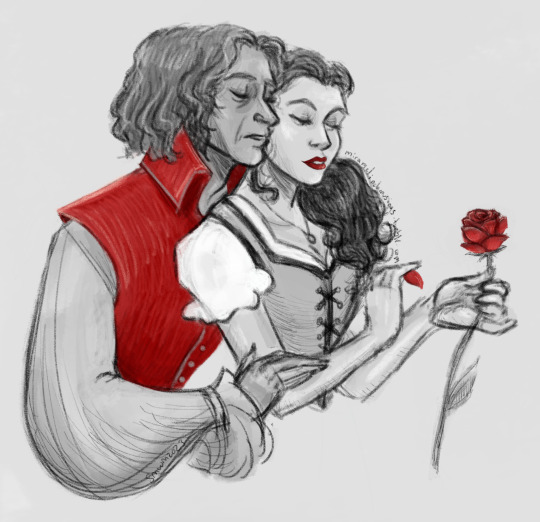

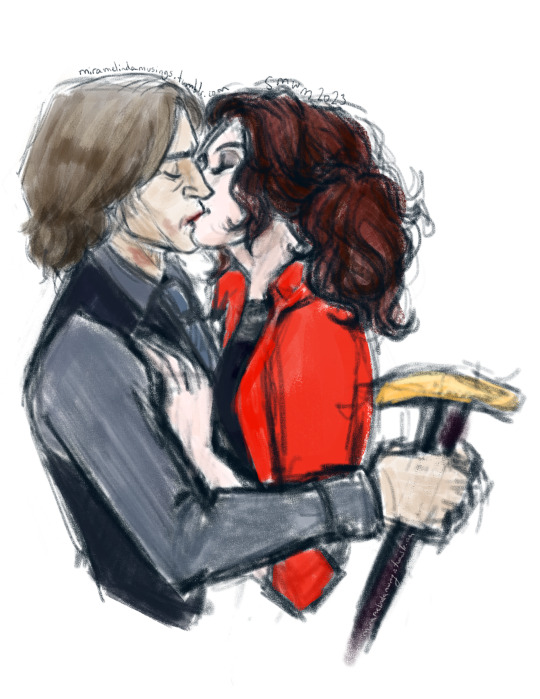
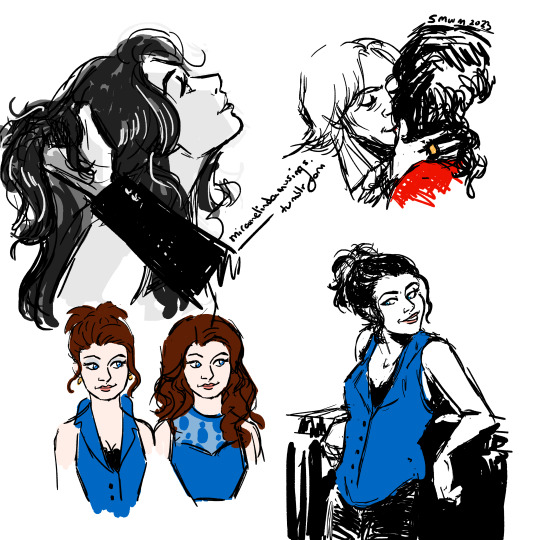

The moment there is a bit of cool weather where I live, all I can think about is rumbelle. I've been thinking alot about Lacey too so here are a few of the sketches I've done :)
#rumbelle#ouat#golden lace#mr. gold#rumplestiltskin#belle ouat#lacey french#lacey x gold#my art#my fanart#digital art#A day of cold weather after all this heat and I'm thrown back to late August/September of 2013#I've just watched OUAT and I am heading to my first year of college and the other first year girls are just as nervous but they're nice#and some watched OUAT and when season 3 started that September we huddled on the couch and watched the episodes as they aired#the cold makes me remember that first year watching OUAT in the dorms with those girls and how cold it could get in winter#after the first year we mostly went separate ways-not for any bad reason just naturally. I have such good memories of those girls though#we celebrated birthdays and holidays together-I still have the shirt of Captain Hook they gifted me#I hope they're happy wherever they are#I found OUAT and Rumbelle when I was discovering myself#those first three seasons hold such nostalgia and magic for me#on another note#Lacey was such an interesting character that I wish they did a little more with#I've been sketching some things out and little doodles about her#like who were her friends? who did she talk to? what are some subtle similarities to Belle but the curse distorted?#I can't imagine having someone look at me but want someone else and other people in town say who you are is wrong/incorrect#I've just been thinking about Lacey bristling at the thought and I remember feeling a little bad that no one really wanted her but Belle#and what about intimacy? perhaps Belle's and Lacey's preferences could be similar but Lacey is more overt about it#anyways just some things I've been thinking about lately :)#I couldn't decide with the golden lace pic if there should be lipstick stains or not so here's both :)#used refs for some posing and hand gestures
430 notes
·
View notes
Text
Autumn feasts of France: Le jour des Morts
Taken from "L'Inventaire des Fêtes de France, d'hier et d'aujourd'hui"
Le Jour des Morts - the Day of the Deads - on the 2nd of November, was for the Christians the day during which all the dead were to be remembered. It is following All Saints Day (the first of November), feast of all the martyrs and all the saints. Christians, who believe in the resurrection, are convinced that physical death is not the end of their relationship with God: for those that deserve it, death is merely a needed travel towards heaven.
The cult of the defuncts (from the Latin "defunctus", "those that have fulfilled their functions"), present in all civilizations, dates back to Prehistory. The cult of the martyrs (from the Greek "martur", "witness"), celebrated in Rome as soon as the early 7th century BCE, is a form of defunct-worship. This Day of the Deads, or "Jour des Trépassés", Day of the Deceased, placed right after the Toussaint (All Saints Day) was only truly expanded into a full holiday by the monks of Cluny. Saint Odilon, the abbot of Cluny, established it in the beginning of the 11th century in his monasteries, after learning by a pilgrim of Jerusalem all the torments that the deads had to endure "in the furnace in Vesuvius" or in "a deserted, volcanic island". Saint Odilon is in fact usually invoked to grant respite and rest to the souls of purgatory (according to the Christian dogma, the purgatory is a "time of trial allowing the purification of those that are allowed to share the happiness of God").
The Day of the Dead used to be a "jour chômé" (a non-working day). At the end of the 19th century, in the Bretagne region, survived the tradition of burning in the chimney, on Toussaint's evening (the night of All Saints Day), a log, reserved only for the deads that were supposed to visit the house during this night. It was forbidden to use this "log of the dead" for things such as cooking food or heating people. This log is comparable to the Christmas log, which was also very solemnly burned in the chimney. This custom also shows the sacred dimension of the Celtic celebration of Samain (which became Halloween), a time for celebrating the new fire. In Cornwall, a "bellboy of the dead" led a group of people, the bellboy dressed with a tunic covered with bones and tear motifs, and ringing the bells to a funeral tone. Starting at nine o'clock in the evening, they wandered from door to door, singing all the way to sunrise rhymes encouraging people to stay awake and not fall asleep (or to wake up if they were asleep), so that they could pray for the dead. They also begged for money each household they visited - and the collected money was used for funeral masses.
In several regions of France, this nocturnal "Wake up" chant did exist - but it was used for the Holy Week, as people sang to wake up the Christians so that they would "go see our (the singers') master, who died for you".
Nowadays, the Toussaint/All Saints Day replaced the Day of the Dead in the customs of many Christian, since it is upon this day that families gather in cemeteries to place flowers upon the graves of their ancestors.
#french holidays#the day of the dead#french celebrations#french culture#france#french customs#christian celebrations#french christianity#christianity#autumn feasts#autumn celebrations#autumn
3 notes
·
View notes
Text

Crème Brûlée
#Crème Brûlée#fine dining#bon appetit#french dessert#dessert#holiday party#party food#toya's tales#style#toyastales#toyas tales#november#fall recipes#food porn#food pics#food photography#foodporn#foodpics#foodie#food#dining and entertaining#truly scrumptious
370 notes
·
View notes
Text
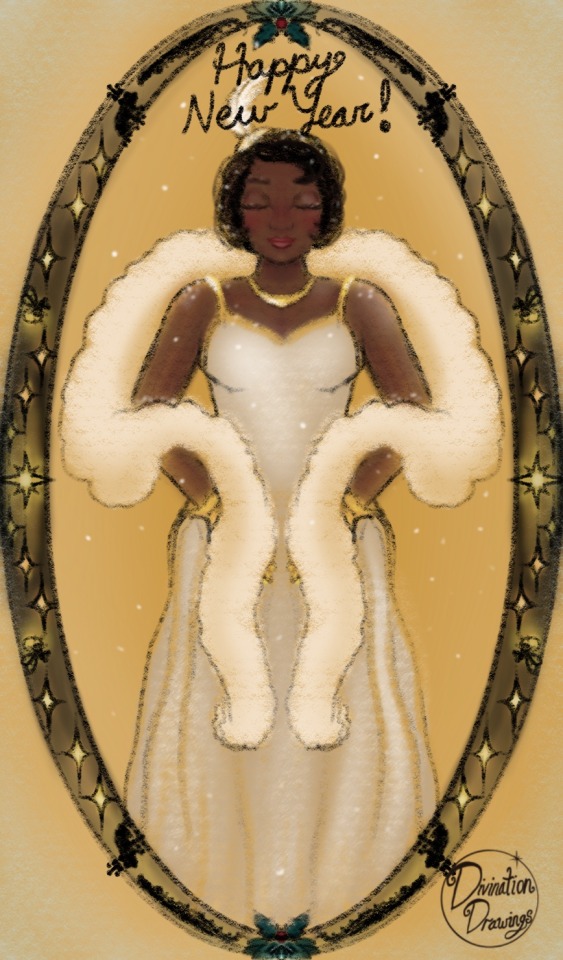
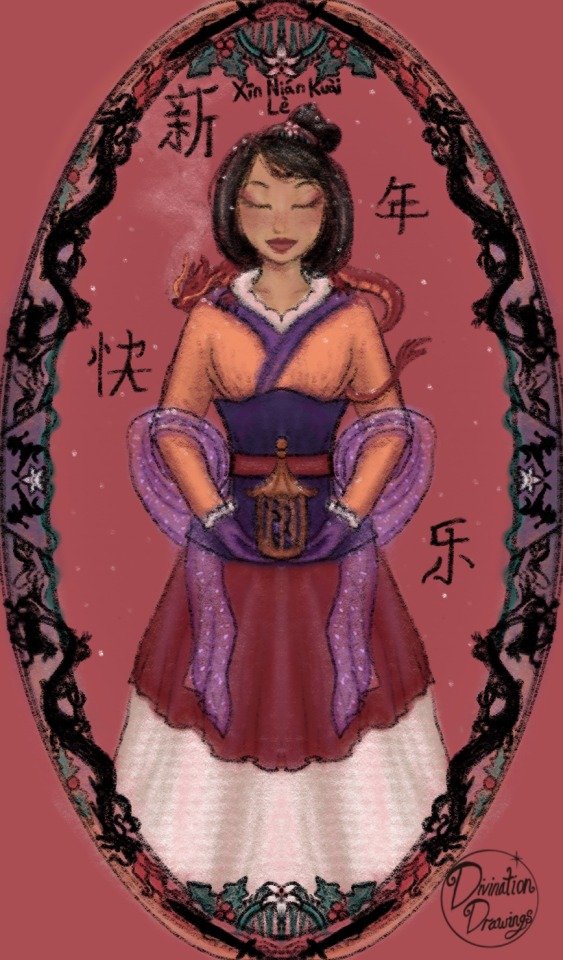
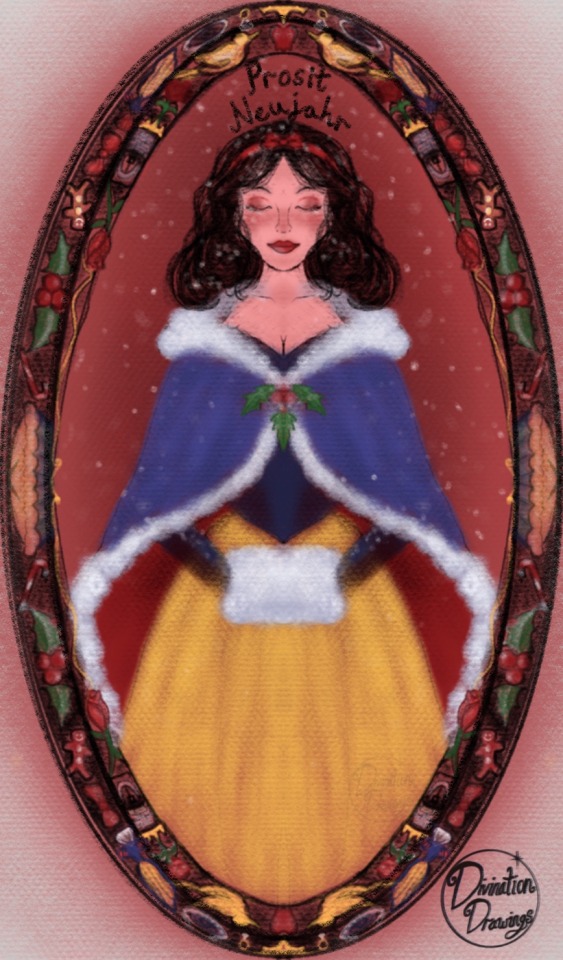
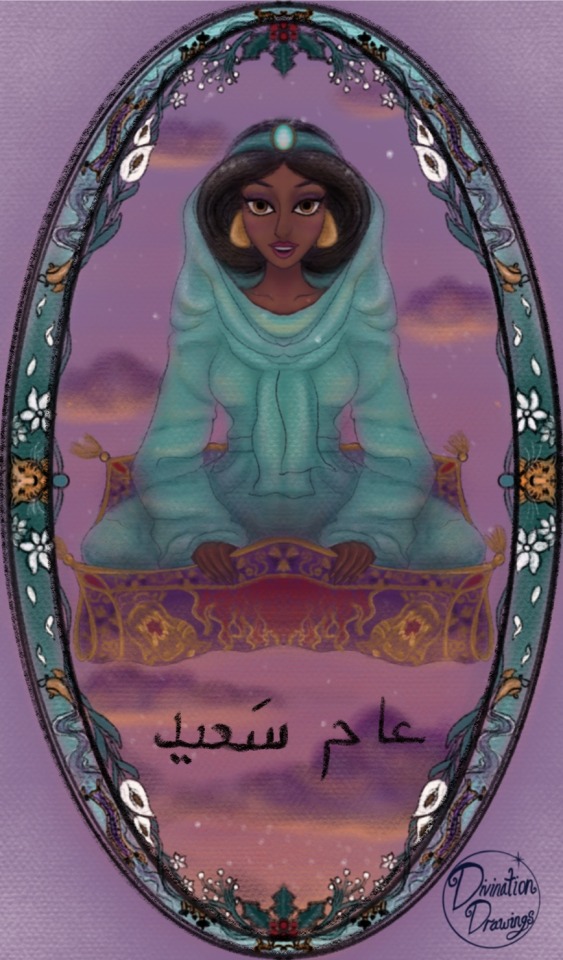
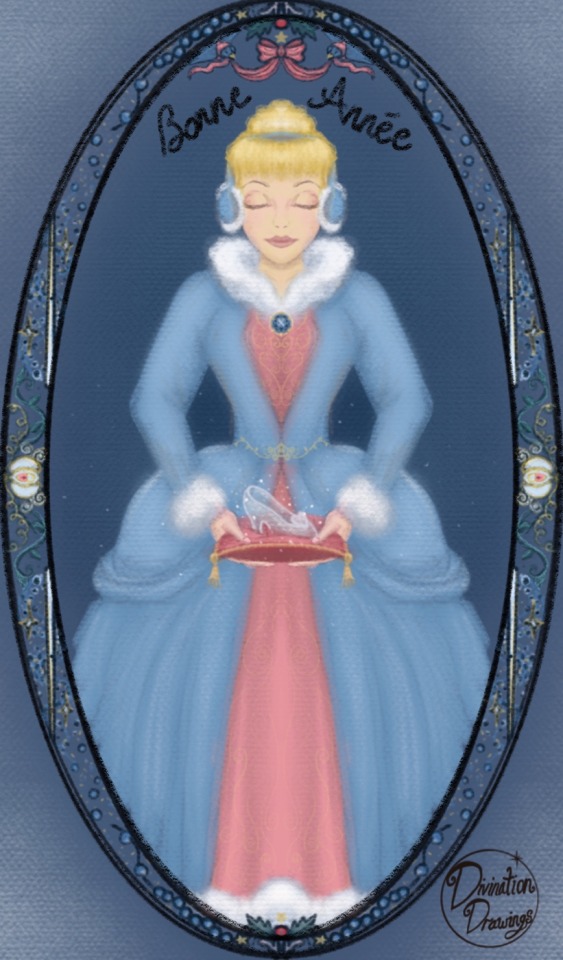
5 languages, 5 princesses, 1 happy new year!
(special thanks to my boyfriend who is fluent in Chinese and German and helped me with accuracy)
#happy new year#happy 2024#goodbye 2023#new year#newyear2024#new years eve#disneyfanart#disney princesses#cinderella#tiana#mulan#jasmine#snow white#happy new year 2024#happy holidays#arabic#chinese#french#german#languages
161 notes
·
View notes
Text
For #WorldLizardDay 🦎:

Maurice Pillard Verneuil (French, 1869 – 1942) “Lézard" Plate 25 in L’animal dans la décoration (Paris, 1897) NYPL collection
#Maurice Pillard Verneuil#L’animal dans la décoration#animals in art#animal holiday#european art#19th century art#French art#Art Nouveau#book plate#lizard#lizards#pair#World Lizard Day#design#NYPL
153 notes
·
View notes
Note
Know that I would write anything you asked me to.

That’s so much power omg,,,well now that someone has implanted in my head the idea of Nanami in a romcom I wouldn’t say no that,,,
#mailbox#<— guy who recently watched two french romcoms#yes both had swann in them do NOT @ me#but honestly a downtrodden salaryman nanami during the holidays + meetcute#sign me up
29 notes
·
View notes